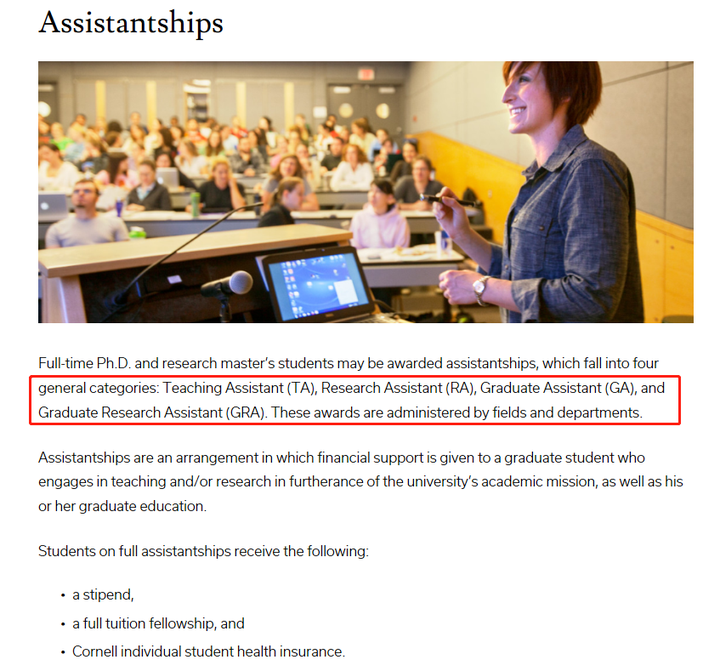### Student Loans for College Students: Your Ultimate Guide to Financing Higher Education
Navigating the world of higher education can be both exciting and overwhelming, especially when it comes to financing your college experience. For many stud……
Navigating the world of higher education can be both exciting and overwhelming, especially when it comes to financing your college experience. For many students, student loans for college are a crucial part of making their academic dreams a reality. This guide will provide you with essential information about the types of student loans available, how to apply for them, and tips for managing your debt effectively.
#### Understanding Student Loans
Student loans are funds borrowed to pay for college expenses, which must be repaid with interest. They can be a valuable resource for students who need financial assistance to cover tuition, fees, books, and living expenses. There are two main types of student loans: federal loans and private loans.
1. **Federal Student Loans**: These loans are funded by the government and usually offer lower interest rates and more flexible repayment options than private loans. They often come with benefits such as deferment, forbearance, and income-driven repayment plans. The most common federal student loans include Direct Subsidized Loans, Direct Unsubsidized Loans, and Direct PLUS Loans.
2. **Private Student Loans**: These loans are offered by private lenders, such as banks and credit unions. The terms and conditions can vary significantly between lenders, and interest rates may be higher than federal loans. It's essential to compare different lenders and understand the repayment terms before committing to a private loan.
#### How to Apply for Student Loans
Applying for student loans for college can be a straightforward process if you follow these steps:

1. **Complete the FAFSA**: The Free Application for Federal Student Aid (FAFSA) is the first step in applying for federal student loans. This form collects financial information to determine your eligibility for federal aid, including loans, grants, and work-study programs. It's crucial to complete the FAFSA as early as possible to maximize your financial aid opportunities.
2. **Review Your Financial Aid Offer**: Once your FAFSA is processed, you will receive a financial aid offer from your school, detailing the types and amounts of aid you are eligible for. Review this offer carefully to understand your options and decide how much you need to borrow.
3. **Choose Your Loans Wisely**: After reviewing your financial aid offer, you can choose which loans to accept. It's generally advisable to take federal loans first, as they typically offer better terms and protections.
4. **Complete Loan Counseling**: Before receiving federal student loans, you must complete entrance counseling to ensure you understand your responsibilities as a borrower. This process will provide you with essential information about repayment options and managing your debt.
5. **Sign the Master Promissory Note**: This legal document outlines the terms of your loans and your commitment to repay them. By signing it, you agree to the terms and conditions set forth by the lender.

#### Managing Your Student Loan Debt
Once you have secured student loans for college, managing your debt effectively is crucial for your financial future. Here are some tips to help you stay on track:
1. **Keep Track of Your Loans**: Maintain a record of all your loans, including the lender, interest rates, and repayment terms. This information will help you stay organized and make informed decisions about repayment.
2. **Understand Your Repayment Options**: Familiarize yourself with the various repayment plans available for federal student loans, including standard, graduated, and income-driven repayment plans. Choose the plan that best fits your financial situation.
3. **Make Payments While in School**: If possible, consider making interest payments while you're still in school to reduce the overall cost of your loans. This strategy can help you avoid capitalization, which occurs when unpaid interest is added to the principal balance of your loan.

4. **Explore Forgiveness Programs**: Some federal student loans may qualify for forgiveness programs, such as Public Service Loan Forgiveness (PSLF). Research these options and see if you meet the eligibility criteria.
5. **Stay Informed**: Keep yourself updated on changes in student loan policies and repayment options. Being informed will help you make the best decisions for your financial future.
In conclusion, student loans for college can be a valuable resource for financing your education. By understanding the types of loans available, following the application process, and managing your debt wisely, you can pave the way for a successful academic journey and a brighter financial future.